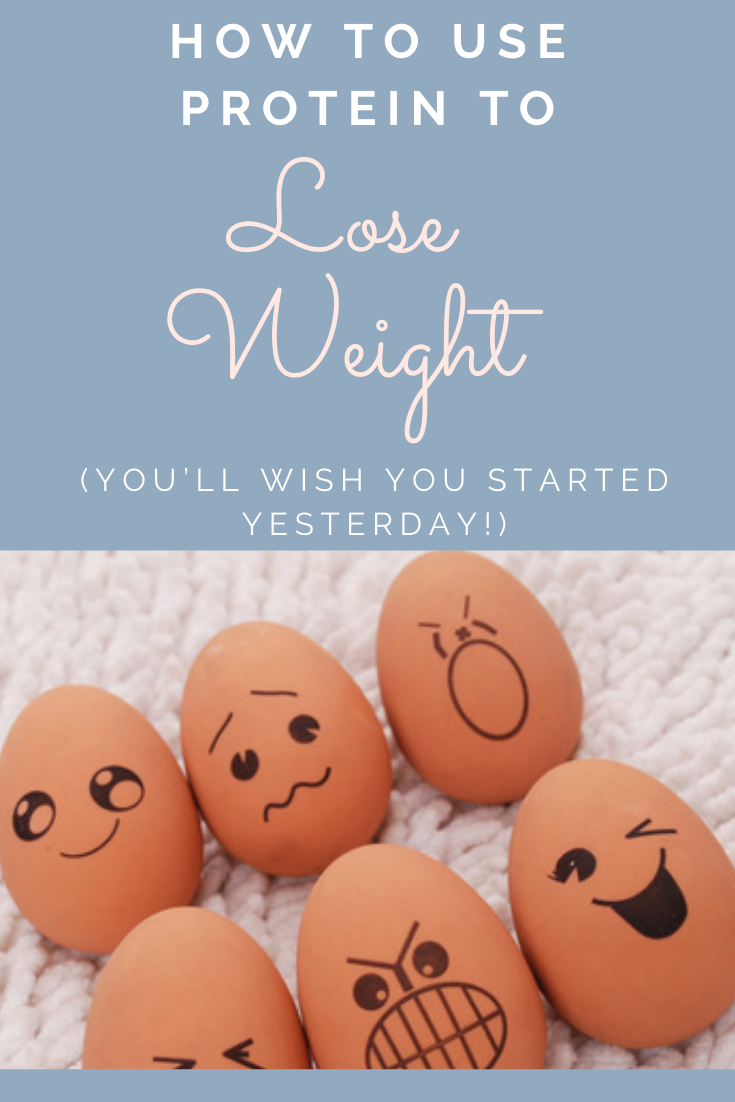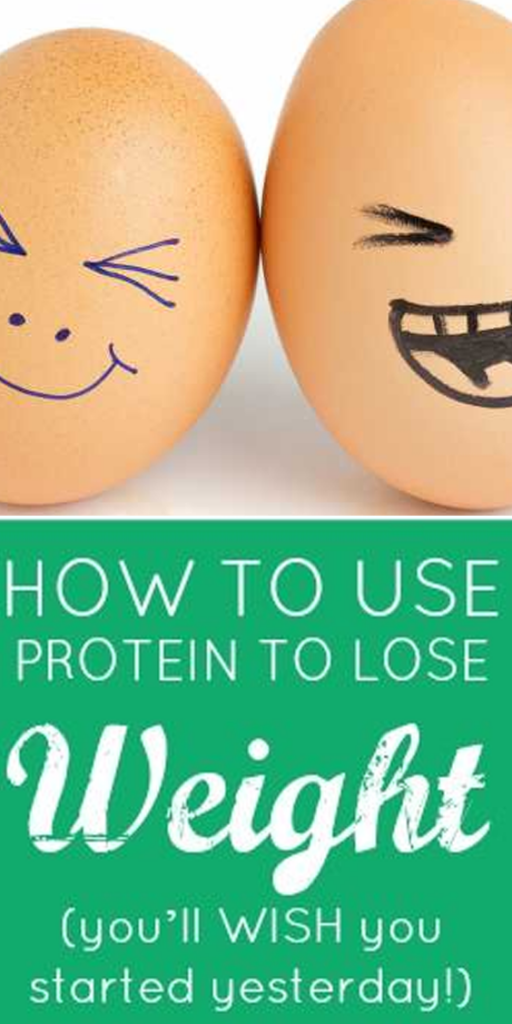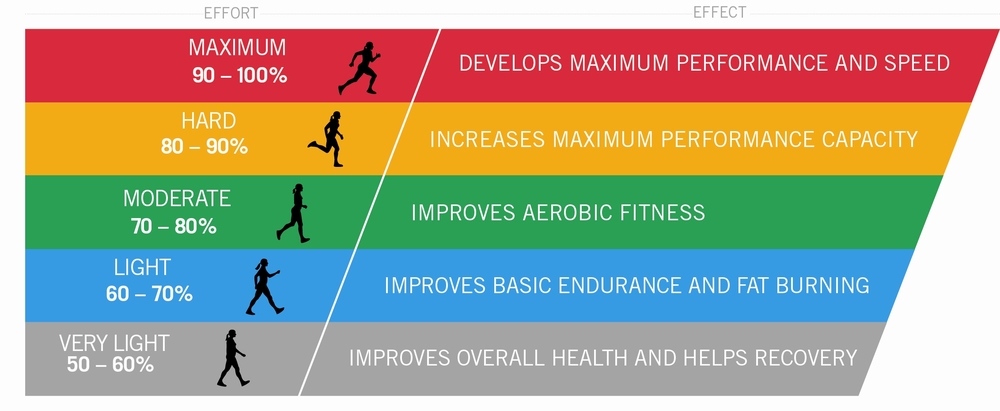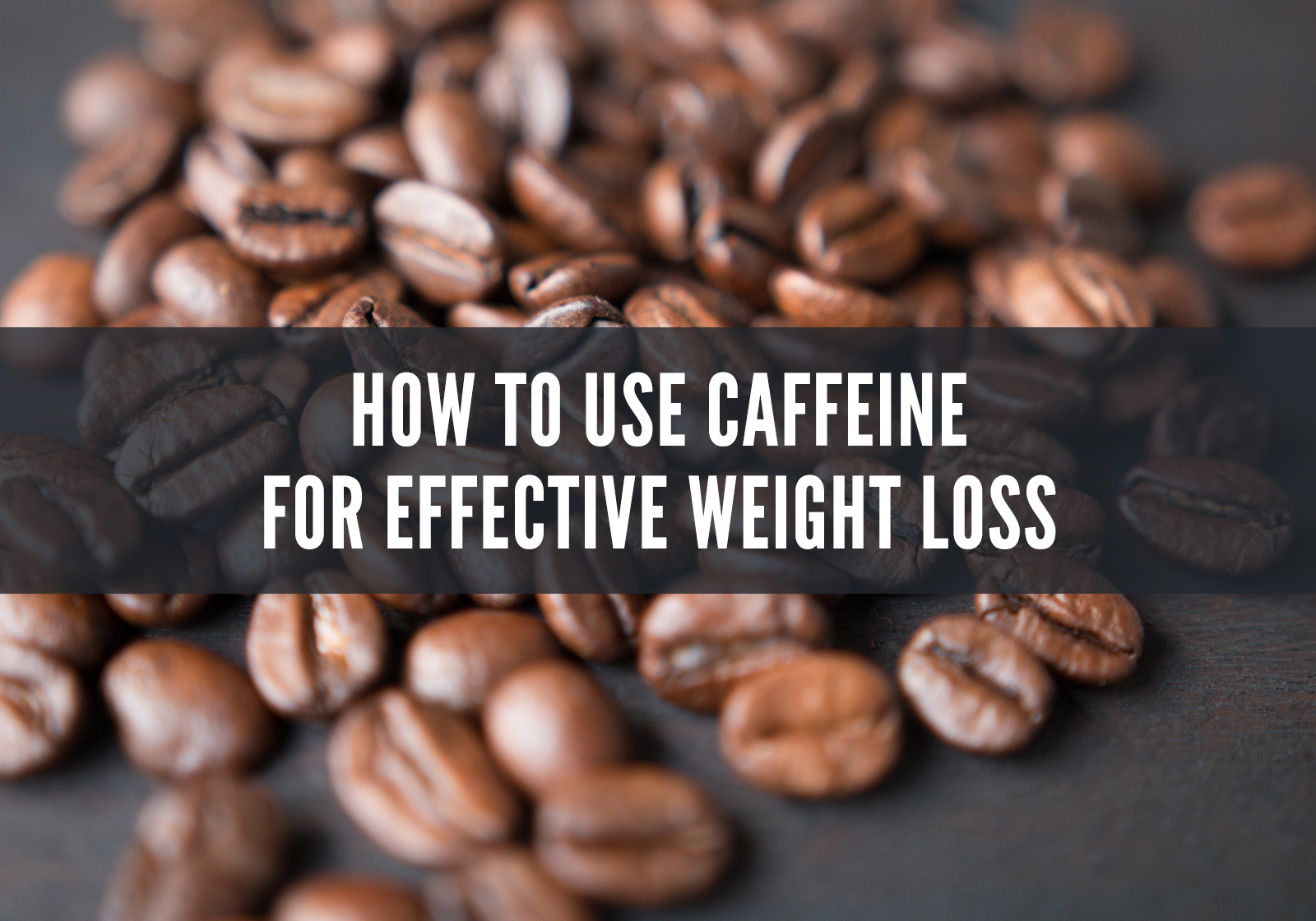HOW TO USE PROTEIN TO LOSE WEIGHT (YOU’LL WISH YOU STARTED YESTERDAY!)

It’s pretty easy to let your protein intake fall if you’re not careful. A slip-up that can impact your waistline (and health) without the proper course correction.
“A few years ago, most of the nutritional problems that I saw were caused by physicians, by refined convenience foods, and by poverty. Recently, most of the problems seem to be caused by badly designed vegetarian diets, or by acceptance of the idea that 40 grams of protein per day is sufficient. The liver and other organs deteriorate rapidly on low-protein diets. Observe the faces of the wheat-grass promoters, the millet-eaters, and the ‘anti-mucus’ dieters, and other low-protein people. Do they look old for their age?” -Dr. Ray Peat, PhD
Use these 5 tips in the New Year to help shape a healthier you by eating enough (but not too much protein)!
1) FIND OUT HOW MUCH PROTEIN YOU REALLY NEED.
Roughly 20% of daily calories should come from protein, that’s about 90-125 grams for the average woman. Of course protein needs change with activity level, pregnancy, illness and other circumstances, so always check with your personal healthcare provider for specific guidelines for you.
While I’m usually not a big fan of counting grams or calories, sometimes it can be extremely helpful for a day or two to make sure you are eating ENOUGH. That way you can get used to what adequate protein intake looks and feels like.
Here’s a few simple examples to get a ball-park range of how much protein you need:
For example, if you weigh:
125 pounds: 75-94 grams/daily
150 pounds: 90-113 grams/daily
175 pounds: 105-131 grams/daily
200 pounds: 120-150 grams/daily
For example, if you need about:
1800 calories/day: 67.5-90 grams/daily
2000 calories/day: 75-100 grams/daily
2200 calories/day: 82.5-110 grams/daily
2200 calories+/day: 110+ grams/daily
If you need a more specific range for your body, just remember that you need around .6 to .75 grams of protein each day per pound of body weight. Here’s a little equation if you need more help: body weight x .6 (or .75) = ballpark grams of protein per day. The more active you are, the more you need.
2) USE YOUR PROTEIN INTAKE TO SHAPE YOUR OVERALL CALORIE INTAKE. THIS HELPS TO MAKE SURE YOU ARE EATING ENOUGH TO SUPPORT YOUR WEIGHT LOSS GOALS AND GET ENOUGH NUTRIENTS TO SUPPORT YOUR HEALTH.
So now that you’ve got a ballpark idea of how much protein you need, it’s time to think about how you’re going to meet that goal every day. If you need 90 grams per day; will you eat 3 larger meals with 30 grams at each meal or many smaller meals to meet your goal? How will you divide it up? This step is very individual and will largely depend on your lifestyle, appetite, blood sugar balance and other variables specific to you.
Also, whenever you have protein, it should be accompanied by ample carbohydrate and fat to help your body process the protein, balance blood sugar, support the metabolism, and round out your healthy diet. Eating enough protein can also help guide you to eat enough food during the day to support your weight loss and/or health goals! When it really comes down to it, your health goals are going to be a whole lot easier to reach when you’re eating not only enough protein, but also enough nutrient rich calories to support every inch of your body!
So remember: weight loss’s worst enemy is a diet low in nutrients (and calories), that’s why you want to focus on making your body as nutritionally wealthy as possible by eating enough.
3) INCREASE YOUR PROTEIN QUALITY (PROTEIN POWDERS NOT INCLUDED).
This means choosing minimally processed grass fed, organic, or wild proteins whenever possible. It also means, understanding that the protein quality of animals vs. plants is very different.
According to Dr. Ray Peat, PhD, “One thing that happens in the vegetable diet, heavily based on [the] cabbage family, or beans, lentils and nuts, these proteins, in quality, rank about 15 times lower than the highest quality protein. And so even though a person might think they’re eating nothing but protein rich foods, beans and nuts, their quality is so low that their liver simply can’t respond to the thyroid.”
And I’m sure you know how important thyroid function is to the metabolism and weight loss!
4) INCREASE YOUR INTAKE OF PROTEINS THAT HELP YOU EAT THE “WHOLE ANIMAL,” AS THEY ARE PRO-THYROID, PRO-METABOLIC AND HELP NOURISH THE LIVER.
When you’re thinking about protein intake, you want to think about eating a balance of proteins that mimic eating the whole animal. This means eating MORE of the proteins that are commonly left out of the standard American diet including bone broth, gelatin/collagen, and other organs. Other great options are proteins where you eat the whole animal in one bite. Examples include certain kinds of fish (think sardines), shellfish, eggs, and dairy products (which can be therapeutic, but only if you tolerate them).
But why the whole animal? Your body needs a certain balance of amino acids (building blocks of protein) to support bodily functions, particularly your liver and detoxification. The balance you need is achieved when you eat “the whole animal” and ALL of its’ parts. When you eat just “muscle meats” regularly, be it- chicken, pork, beef, lamb, etc., it tends to create an amino acid balance that favors inflammation, and starves your liver! Most people eating a standard American diet would greatly benefit from a more balanced protein consumption. The easiest way to achieve this is to restrict muscle meats while you increase the amount of anti-inflammatory ‘whole animal’ proteins in your diet.
“Although people in the northern countries aren’t normally protein-starved, they do tend to get a large part of their protein from the muscle meats. In traditional cultures, all parts of the food animals were eaten–chicken feet, heads, and necks, animals’ ears and eyeballs, etc.–and so the amino acid balance was favorable for maintaining a high metabolic rate and preventing stress.” -Dr. Ray Peat, PhD
5) BE CONSISTENT WITH YOUR PROTEIN INTAKE (THIS MEANS YOUR OVERALL FOOD AND NUTRIENT INTAKE TOO).
This last point is the hardest for everyone. After years of dieting, stress, and general life, it’s so easy to get in the habit of putting yourself on the back burner. Once you’ve gotten into the habit of skipping meals, eating empty foods, or living a hectic life on the go, it’s hard to get back in a groove of regular eating. However, consistency really is the secret to results. What you put in your body 3-6 times a day, 365 days per year has a HUGE impact on your body (and your waistline)! So don’t let anyone tell you otherwise.



